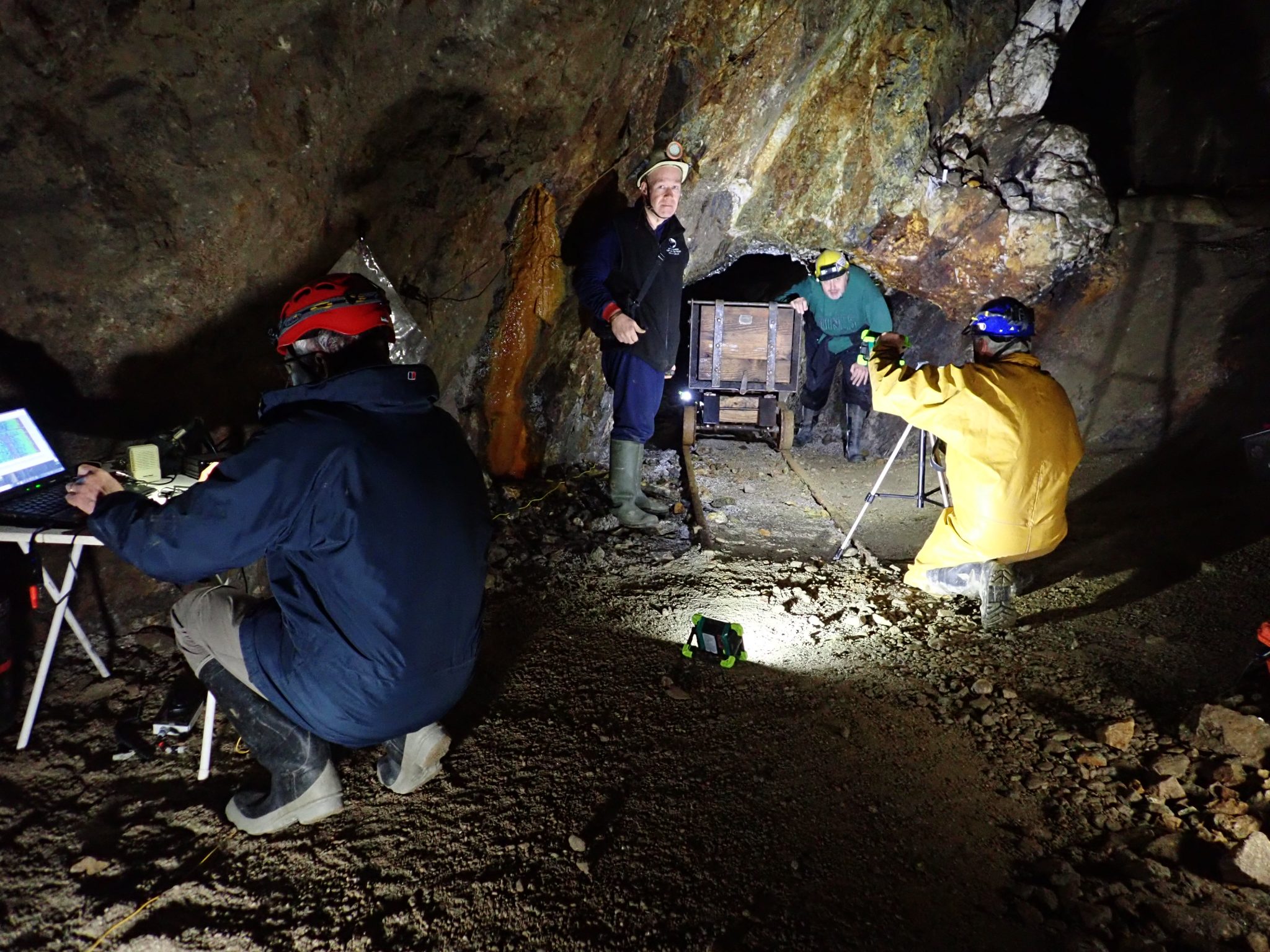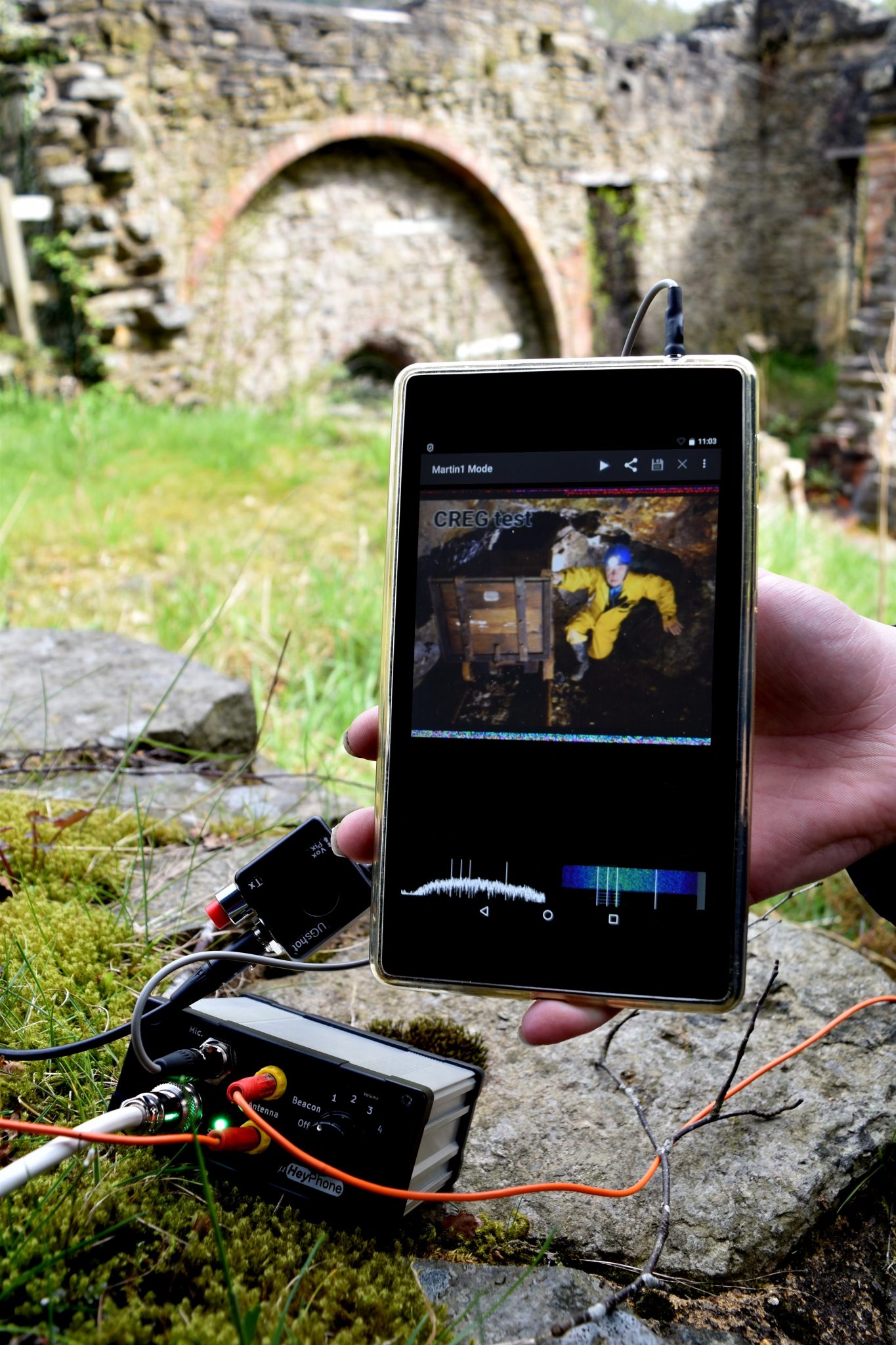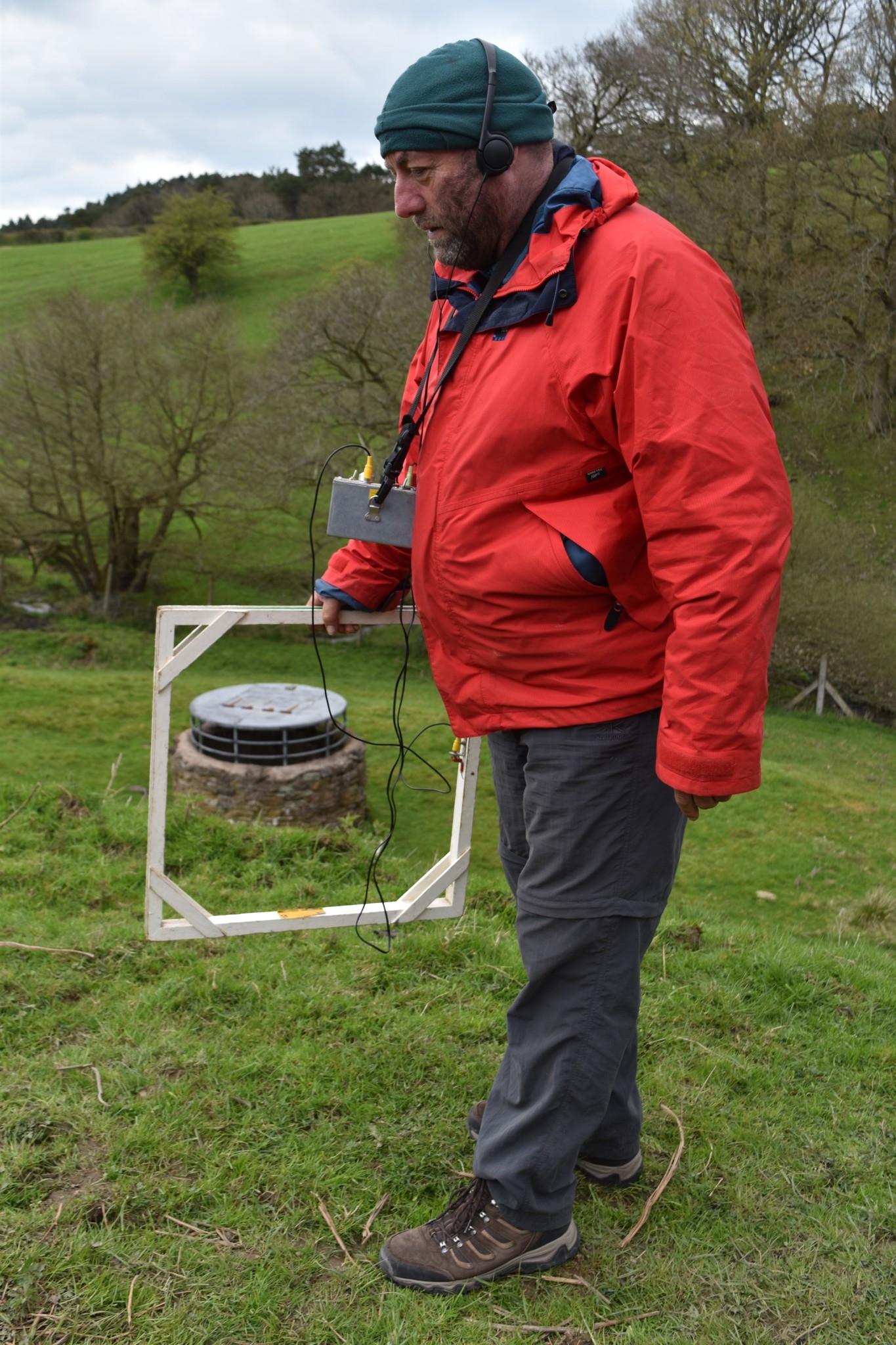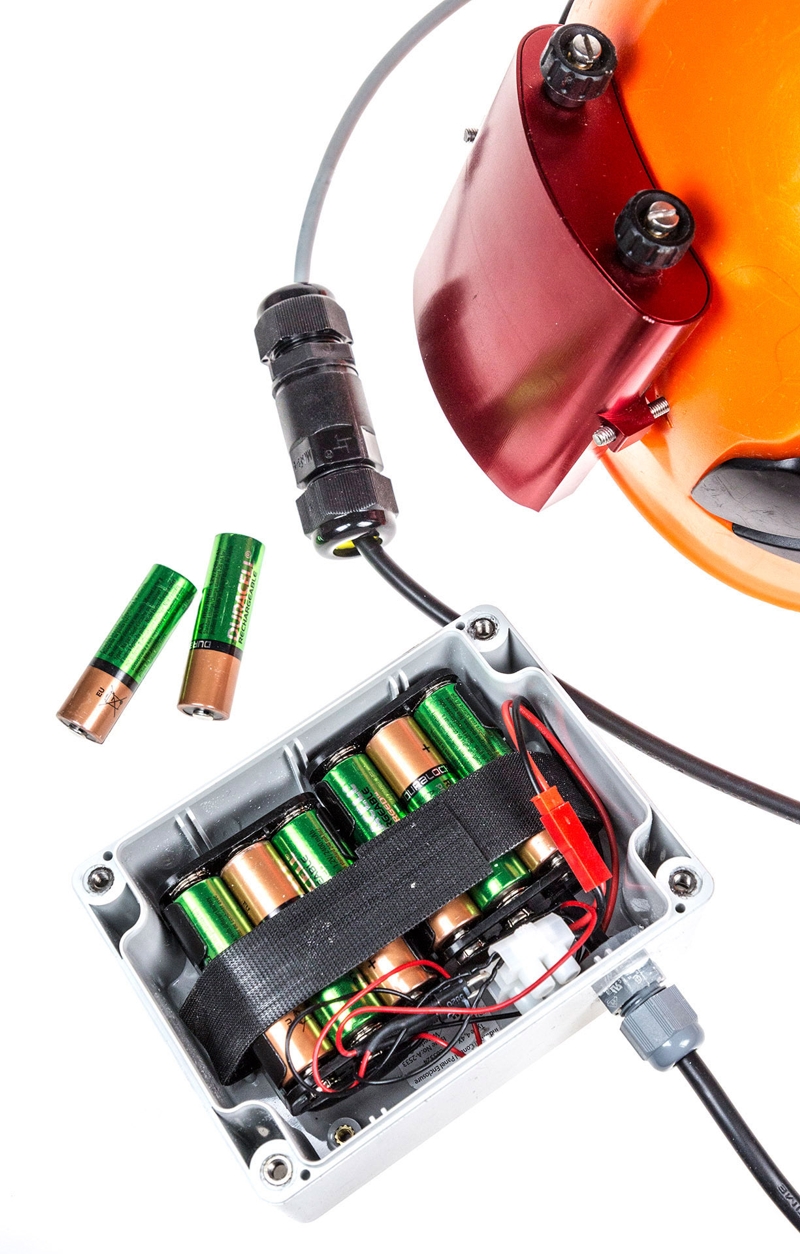
Mike Bedford talks about cave radios, cave communications and much more in the annual report of the BCRA’s Cave Radio and Electronics Group.
Our decision, a few years ago, to broaden our remit to cover other areas of cave technology than our initial emphasis on communications and electronics has been evident during 2018. In one sense, therefore, the name Cave Radio and Electronics Group (CREG) is now something of an unfortunate legacy, because it potentially deters cavers to whom we have plenty to offer. With this in mind, one of the main messages we’d like to communicate is that those who have never been involved with CREG in the past might be pleasantly surprised at what we have to offer, even if they don’t consider themselves electronics enthusiasts.
Over the year in question, in our quarterly publication – the CREG journal – and at our twice-yearly field meetings, we’ve highlighted technologies that are of interest to a broad section of the caving community. What’s more, although we do publish the occasional highly technical article in CREGJ, many of the articles are very much practical and down-to-earth.
Our twice-yearly field meetings continue to be an important part of the CREG calendar and are well attended. It’s encouraging to note that, while we continue to see several old faces, new people commonly attend these events and are often pleasantly surprised at the range of activities, and recognise the potential application to general caving.
Our first meeting in 2018 was at Snailbeach Mine in Shropshire – a new location for CREG – in April, where we were hosted by members of the Shropshire Caving & Mining Club. It was interesting to see some of the encouraging work in cave communication that has been carried out by those SCMC members who don’t normally attend CREG events in other parts of the country. The new Micro Heyphone was on display, and we had the opportunity to see it working in geology that’s different from the usual limestone. Other communications-related tests involved the use of digital voice transmission, which potentially offers benefits over the usual analogue methods, and a demonstration of passing photographs from underground to the surface via cave radio using a smartphone app.

Exploratory work was also carried out into the use of VLF and HF radio for cave communications instead of the usual LF. Beyond communications, we saw a demonstration of bat detectors and loggers, a LoRaWAN gateway (Long Range Wide Area Network) that has potential for data real-time data logging in caves that are remote from mobile phone networks, radiolocation, and continuous LED illumination, as an alternative to flashguns, for cave photography.
We met in the autumn in the Yorkshire Dales for our second meeting of the year. On this occasion, primarily because of the interests of those attending, the emphasis was almost entirely on communication. However, it’s important not to forget the importance of communications in rescue operations and expeditions, while also recognising that, although current equipment provides good service, it doesn’t always perform well in all environments. Improvements to the Micro HeyPhone, aimed at reducing the listener fatigue caused by high levels of interference, were put through their paces. Meanwhile, further tests with HF cave radio – traditionally considered unsuitable for transmitting through the earth – also shows potential and, in particular, was hampered much less by interference than the conventional cave radios used at the same location.

The CREG Journal – which reached issue 104 by the end of 2018 – continues to be published four times a year. It’s encouraging that we’ve had several new contributors this year who recognise the worth of this unique publication in presenting their work to the global caving community. What’s more, this increasing and diverse pool of authors continues to broaden the range of subjects that we are able to cover.
The contents of all issues of CREGJ can be seen here. However, the following provides a brief summary of what we’ve published during 2018 to provide some indication of the rich diversity of our content. Articles have covered batteries and power supplies, cave monitoring and data logging, radio-location, cave communication, cave detection, electronic construction skills, cave exploration with drones, photography and cave-proofing.

We trust that this report has demonstrated that CREG provides a valuable resource for all cavers, whether they’re interested in technology, or even just want to benefit from what technology has to offer to cavers. We remain convinced that subscribing to the CREG journal could benefit all cavers, yet it costs only £4 for four issues of the online edition, which we offer alongside the printed edition. This subscription also provides online access to all back issues. We also believe that many cavers would find our regular field meetings to be enjoyable and interesting, and they’d be very welcome, whether or not they subscribe to the CREG journal. In closing, we should mention the CREG Announce mailing list, which allows subscribers to learn more about CREG’s publications and activities, and the CREG Forum, which provides anyone with the opportunity to ask technical questions or enter into discussions about cave technology.
Report compiled by Mike Bedford of the Cave Radio and Electronics Group (CREG)
